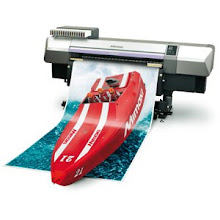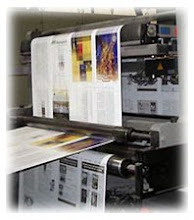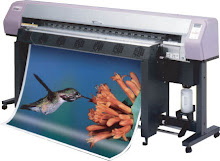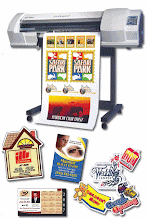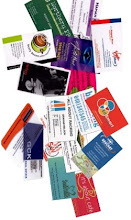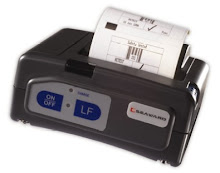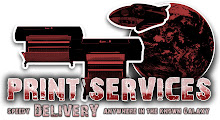 It was toward the end of the 1950s and into the early 1960s that the process of offset lithography became popular with printers. Offset lithography was an extended technology of lithography from stone. These essential processes are still used today.
It was toward the end of the 1950s and into the early 1960s that the process of offset lithography became popular with printers. Offset lithography was an extended technology of lithography from stone. These essential processes are still used today.As with lithography, the general principles of this process work on the foundation that water and oil repel each other. Secondly, the ink is offset from the plate to a rubber blanket and then from the blanket to the paper.
The offset machine consists of three main cylinders. The first holds the alloy plate containing the image, whilst a rubber blanket is fastened to the second cylinder. The image is transferred from this blanket to the third cylinder carrying the paper. This last cylinder is known as the impression cylinder.
The printing plate's image area is rendered oil receptive and therefore water repellent, while the non-image areas are water receptive and ink repellent.






